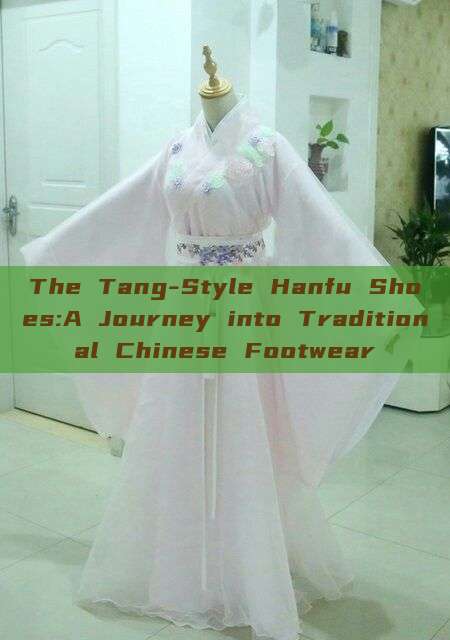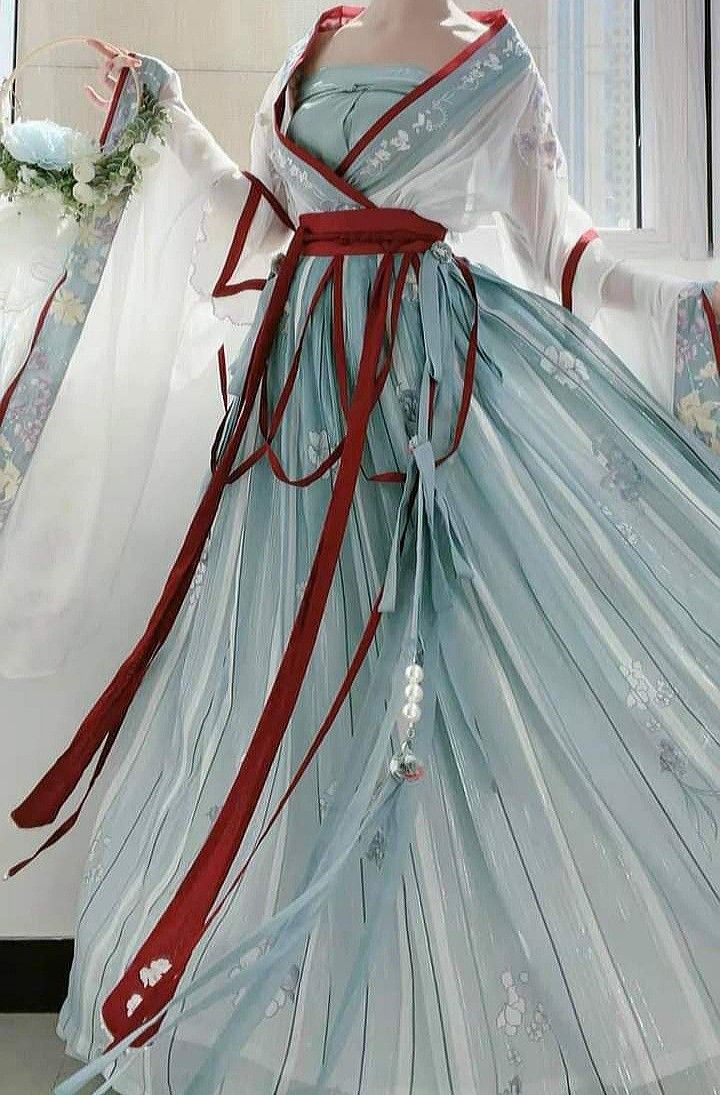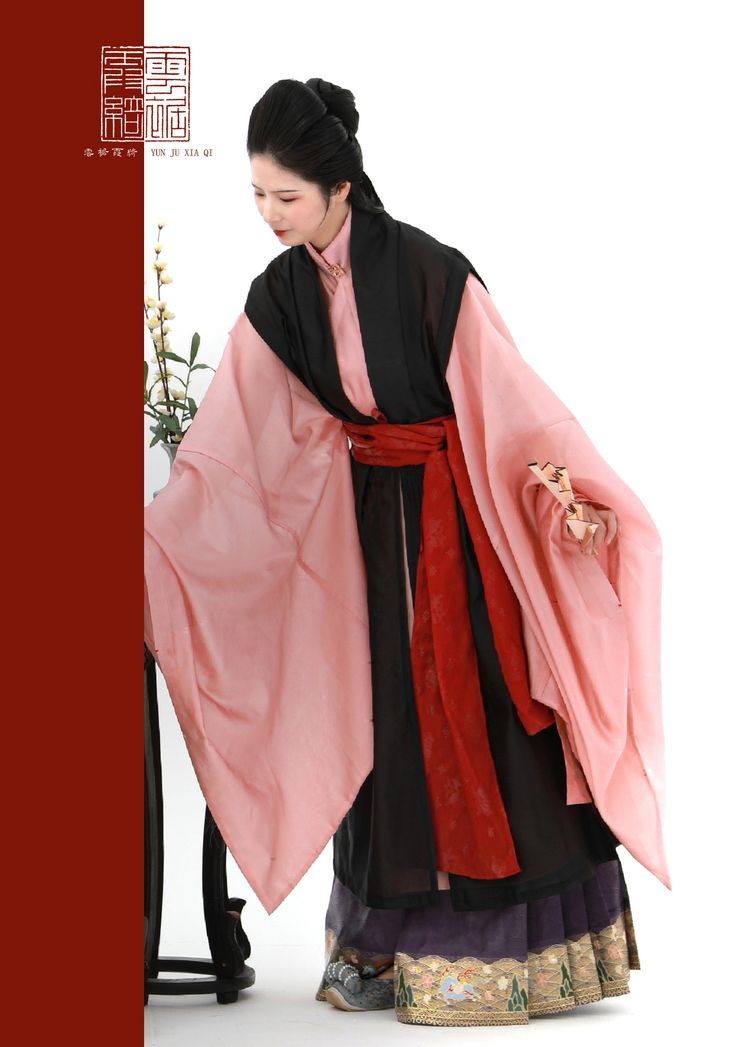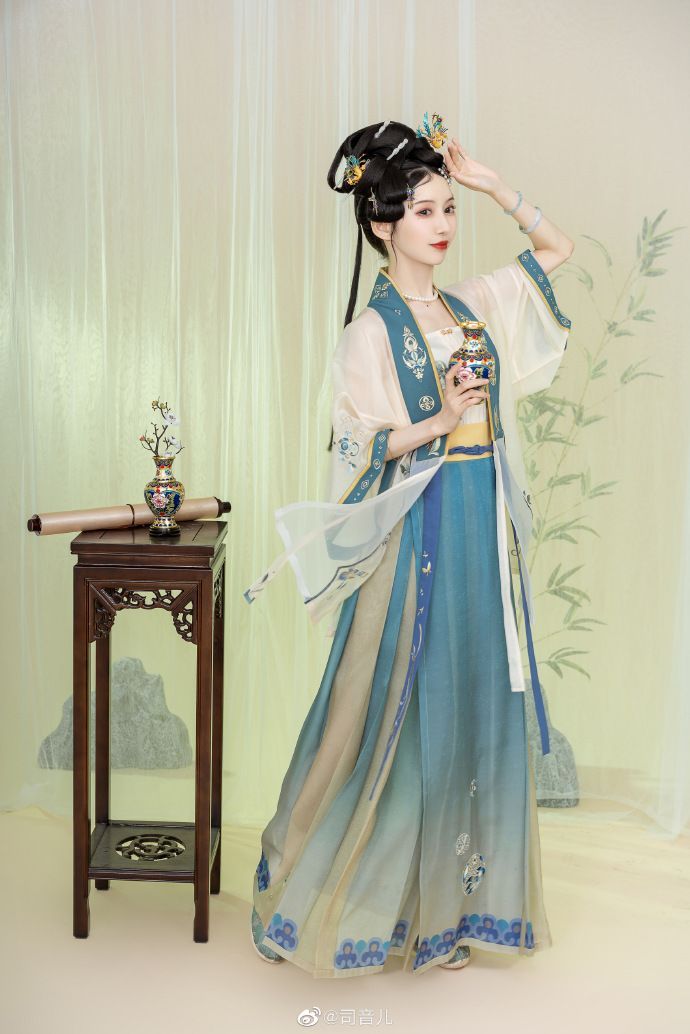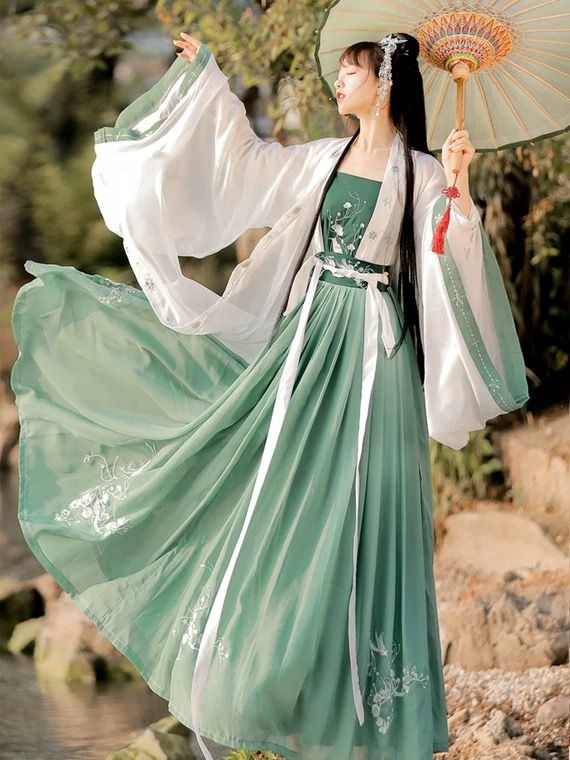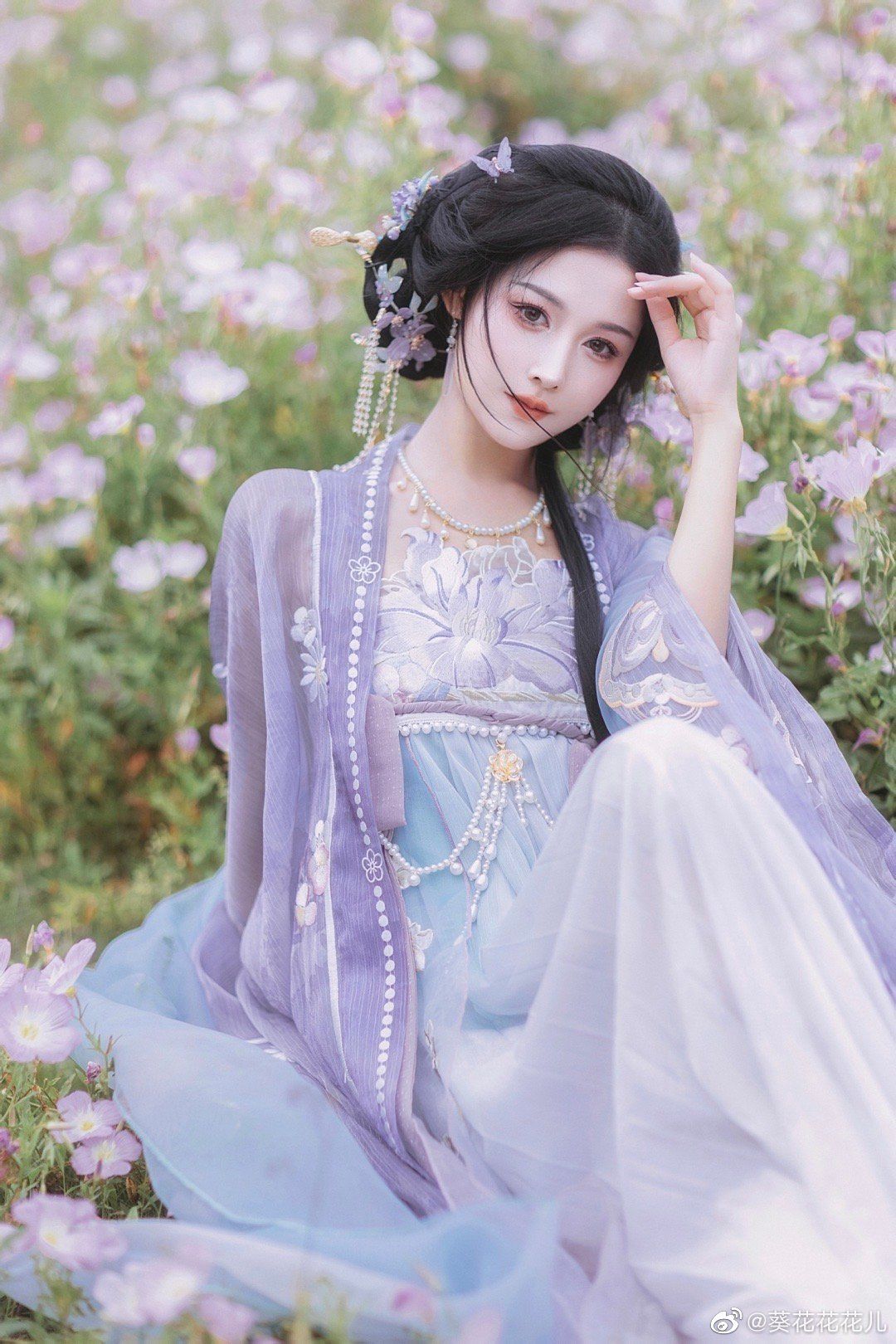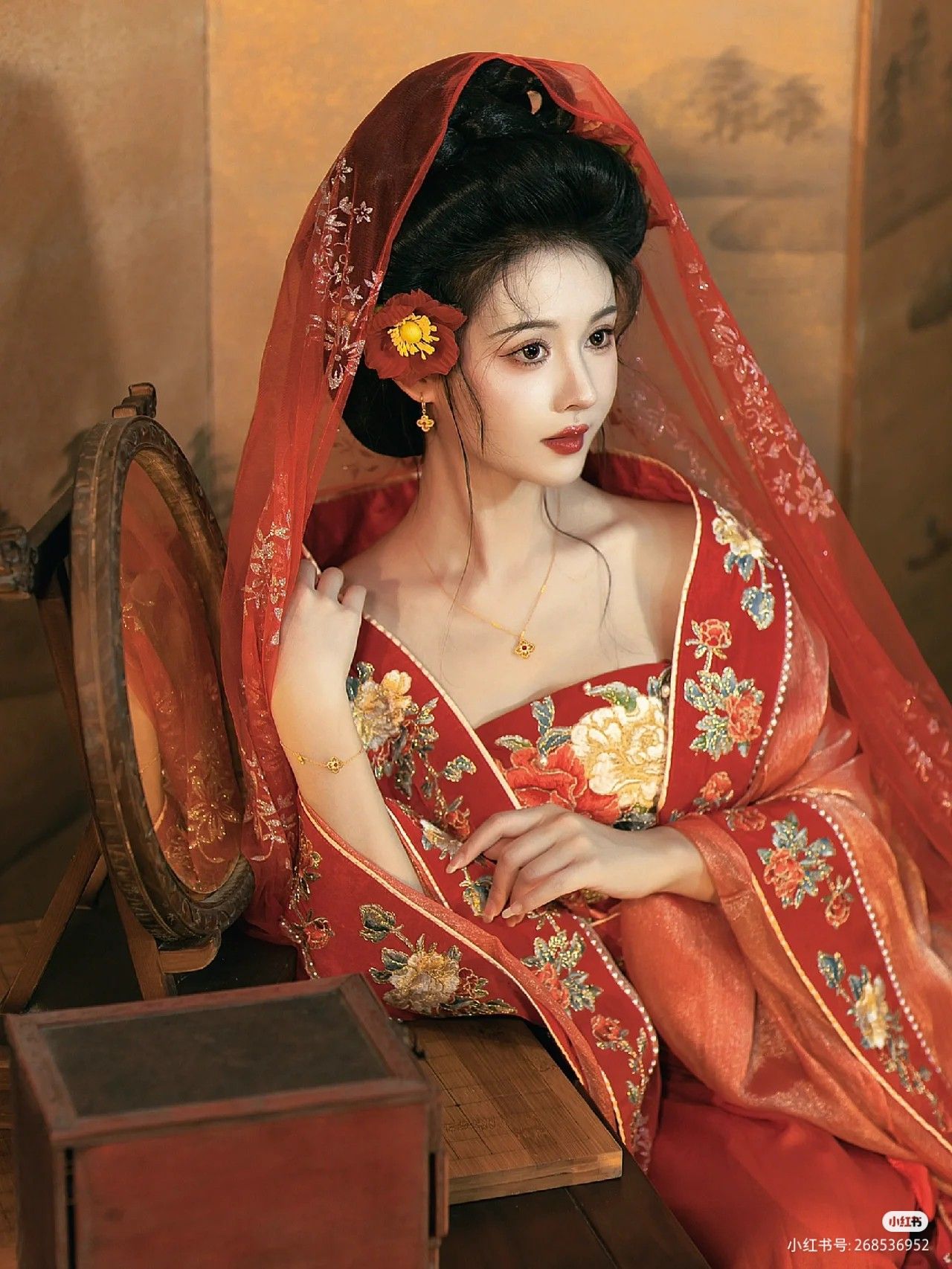In the realm of traditional Chinese culture, Hanfu attire embodies a profound history and rich aesthetics. As an integral part of this ancient costume, the headdress holds a significant position, reflecting the intricate details and beauty of Hanfu culture. This article delves into the fascinating world of Hanfu headdresses, exploring the various types, materials, and the artistry behind them.
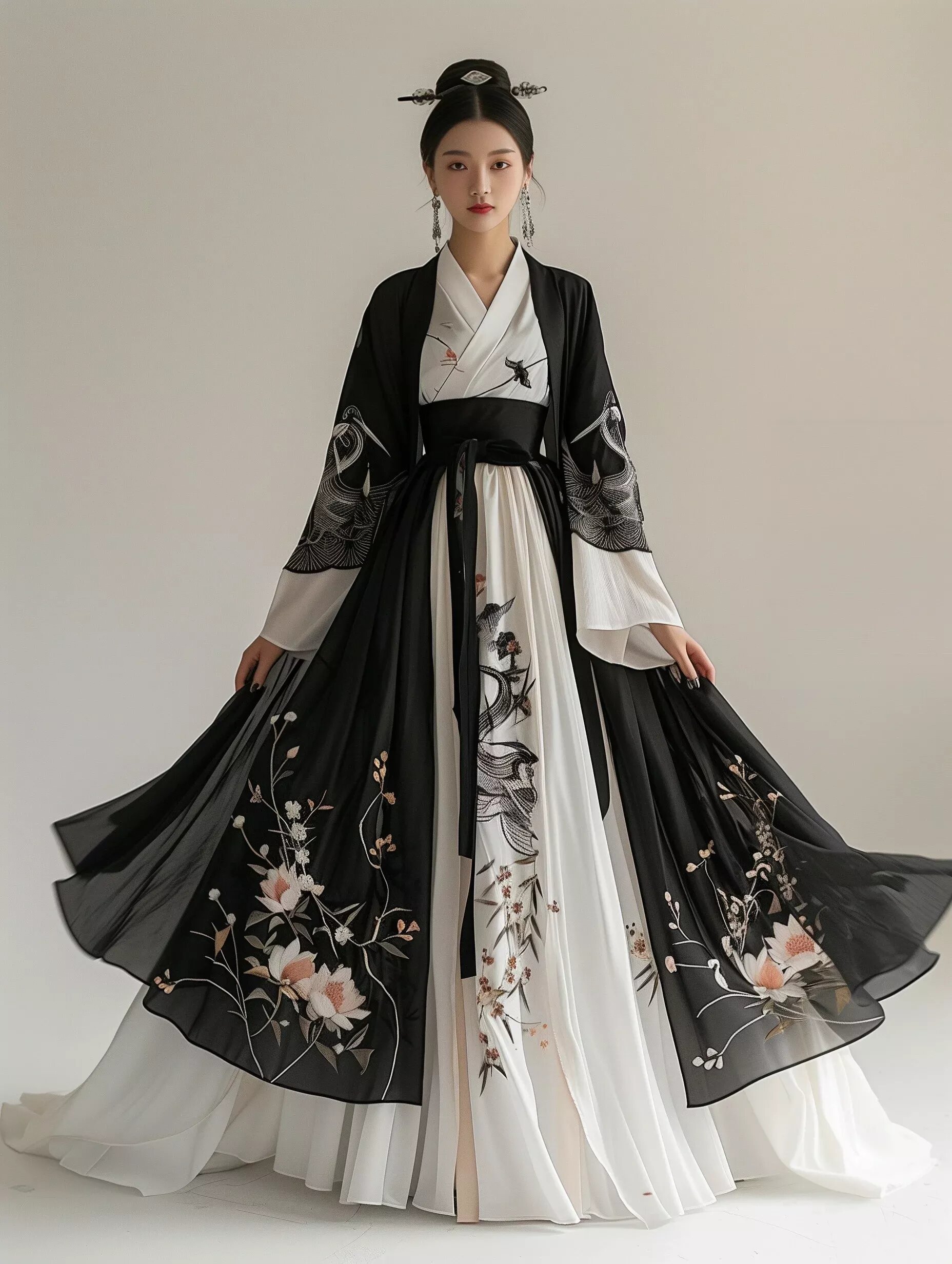
Originating thousands of years ago, Hanfu headdresses have evolved over time, influenced by historical periods and regional customs. They are not mere pieces of jewelry or decoration; rather, they are a reflection of ancient Chinese aesthetics, philosophy, and craftsmanship.
Types of Hanfu Headdresses
The world of Hanfu headdresses is vast and diverse, encompassing various styles and designs. Some of the common types include:
a. Diadem: A type of headband, usually made of metal or jade, that wraps around the head. It is often adorned with precious stones or carved designs, symbolizing status and elegance.
b. Hairpins: These are small ornaments that hold the hair in place, often made of wood, jade, or metal. They are decorated with intricate carvings and designs, adding a touch of elegance to the headdress.
c. Hairnets: A type of headdress made of silk or other materials that is worn over the hair to give it a neat and elegant appearance. They are often adorned with pearls, crystals, or other ornaments.
d. Buns and Chignons: These are hairstyles that involve tying the hair into knots or rolls at the top of the head, often adorned with flowers, ornaments, or jewelry to enhance their beauty.
Materials Used in Hanfu Headdresses
The materials used in Hanfu headdresses are as diverse as their designs. Common materials include silk, jade, wood, metal, pearls, crystals, and even flowers. Each material has its own unique properties and aesthetic value, contributing to the overall beauty and uniqueness of the headdress.
The Artistry Behind Hanfu Headdresses
The artistry behind Hanfu headdresses is truly remarkable. Each headdress is a unique piece of art, created by skilled craftsman using traditional techniques and methods. The intricate carvings, designs, and patterns on the headdresses are a testament to the skilled craftsmanship and dedication of the artisans.
The design process behind each headdress involves careful consideration of color, shape, and pattern to ensure that it harmonizes with the Hanfu attire and complements the wearer's features. The use of traditional patterns and symbols is also an integral part of the design process, reflecting the cultural significance and symbolism behind each headdress.
The Cultural Significance of Hanfu Headdresses
Hanfu headdresses are not just pieces of jewelry or decoration; they are a reflection of ancient Chinese culture and philosophy. Each headdress tells a story, reflecting the historical period, regional customs, and social status of the wearer. They are also a symbol of respect and honor, worn by people on special occasions such as weddings, festivals, and other ceremonial events.
Conclusion:
Hanfu headdresses are a beautiful and intricate part of traditional Chinese culture. They not only enhance the beauty of the wearer but also serve as a medium to tell stories about ancient Chinese culture and history. The artistry behind them is remarkable, reflecting the skilled craftsmanship and dedication of the artisans. If you are interested in Hanfu culture or traditional Chinese aesthetics, exploring the world of Hanfu headdresses is a journey that will take you through thousands of years of history and tradition.(共约 1552 个字)


